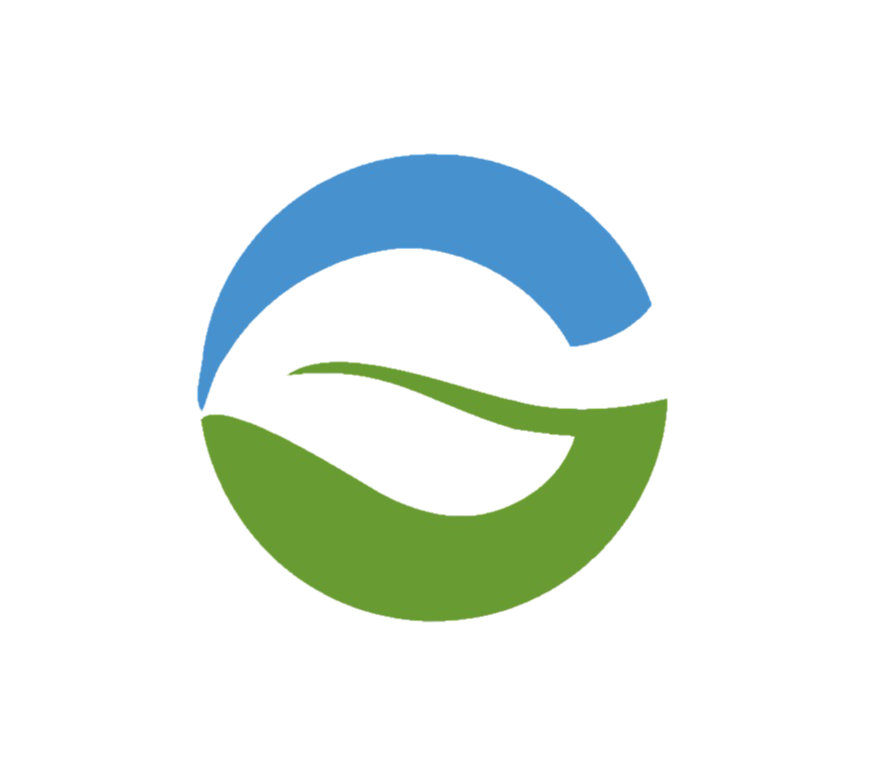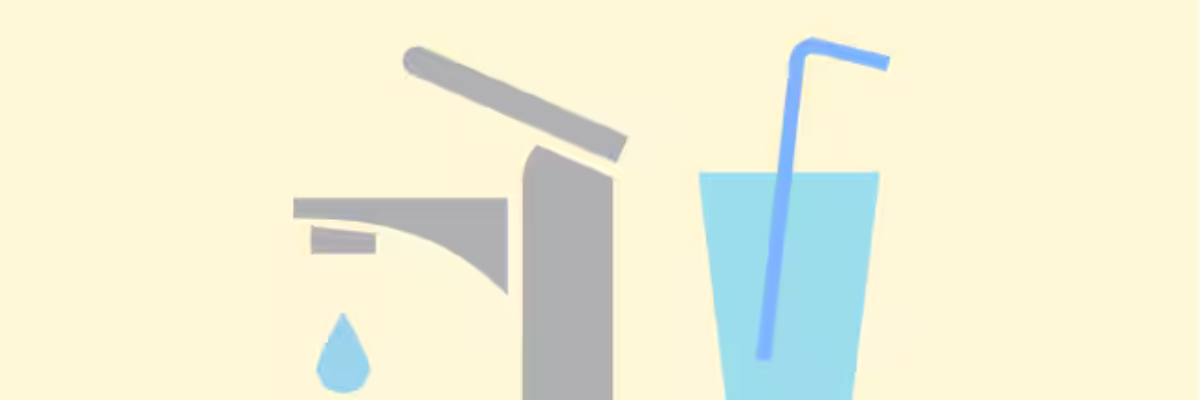Treating borewell water is essential to ensure its safety and quality, as borewell water often contains various contaminants such as hardness, iron, nitrates, heavy metals, microorganisms, and dissolved solids. The treatment methods depend on the specific water quality issues. Here are common ways to treat borewell water:
1. Sedimentation and Filtration:
- Purpose: Removes suspended solids, dirt, sand, and debris.
- Method: A basic sediment filter or sand filter can be used to trap large particles and sediments. This is usually the first step in treating borewell water before other purification methods.
2. Reverse Osmosis (RO) Filtration:
- Purpose: Removes dissolved solids (TDS), heavy metals (e.g., lead, arsenic), and salts.
- Method: RO uses a semi-permeable membrane to remove up to 99% of dissolved impurities. It is effective for reducing TDS, making the water suitable for drinking. It is particularly useful if the borewell water has a high TDS level or contains harmful contaminants like fluoride.
3. Water Softening:
- Purpose: Reduces water hardness caused by high levels of calcium and magnesium.
- Method: Water softeners use an ion-exchange process to replace calcium and magnesium ions with sodium or potassium ions. This prevents scale formation in pipes, appliances, and fixtures.
4. Iron Removal:
- Purpose: Removes dissolved iron, which causes staining, metallic taste, and foul odor.
- Method: Specialized iron filters, such as greensand filters or oxidation-based filters, can oxidize and remove iron from the water. In some cases, an aeration system may be used to convert soluble iron into insoluble particles for filtration.
5. UV Sterilization:
- Purpose: Eliminates bacteria, viruses, and other microorganisms.
- Method: A UV sterilizer uses ultraviolet light to destroy microorganisms in the water. It is a chemical-free way to disinfect borewell water, especially if it contains microbial contamination like E. coli or other pathogens.
6. Activated Carbon Filtration:
- Purpose: Removes organic compounds, chlorine, pesticides, and improves taste and odor.
- Method: Activated carbon filters adsorb volatile organic compounds (VOCs), chlorine, and other chemicals from water. It can be used after a primary filtration step to improve the water’s taste and odor.
7. Chlorination:
- Purpose: Kills bacteria, viruses, and pathogens.
- Method: Chlorination involves adding chlorine to the water to disinfect it. This method is effective in eliminating microbial contaminants but requires monitoring to maintain safe chlorine levels and prevent the formation of harmful by-products.
8. Demineralization (DM) / Deionization (DI):
- Purpose: Removes dissolved ions (minerals and salts).
- Method: Demineralization systems use ion-exchange resins to remove minerals and salts, producing highly pure water. It is usually applied for industrial or laboratory use when mineral-free water is required.
9. Aeration:
- Purpose: Removes gases (like hydrogen sulfide) and volatile compounds, and oxidizes dissolved iron and manganese.
- Method: Aeration introduces air into the water, which helps release dissolved gases and oxidizes certain minerals, making them easier to filter out.
10. pH Adjustment:
- Purpose: Balances water acidity or alkalinity.
- Method: Borewell water may have an imbalanced pH that requires correction. Acidic water (low pH) can be treated with neutralizing filters containing calcite or soda ash, while alkaline water (high pH) can be corrected using acid injection systems.
11. Distillation:
- Purpose: Removes almost all contaminants, including minerals, metals, and chemicals.
- Method: Distillation heats water to create steam, leaving impurities behind, and then condenses the steam back into water. It is highly effective but can be energy-intensive and is not typically used for large-scale applications.
12. Nanofiltration:
- Purpose: Removes organic compounds, hardness, and some dissolved salts.
- Method: Nanofiltration is similar to reverse osmosis but allows smaller molecules like water and monovalent ions to pass through while rejecting larger molecules and multivalent ions.
13. Ozonating:
- Purpose: Disinfects and removes organic materials.
- Method: Ozone gas is bubbled into water, where it acts as a strong oxidant that kills bacteria, viruses, and removes organic compounds. It is effective but requires careful management to avoid residual ozone.
14. Electrodialysis:
- Purpose: Removes dissolved ions.
- Method: Electrodialysis uses electrical potential to pull ions out of water through ion-selective membranes. It is an efficient way to reduce TDS and is often used in combination with other treatments.
15. Precipitative Softening:
- Purpose: Reduces hardness, particularly for large-scale applications.
- Method: Chemicals like lime or soda ash are added to precipitate out hardness minerals, which are then filtered out of the water.
Combination Approaches:
Many borewell water treatment systems combine multiple methods to address various water quality issues simultaneously. For instance, a typical system might include sediment filtration, followed by an RO system, water softening, and UV sterilization to ensure comprehensive treatment.
Testing Before Treatment:
It’s important to conduct a detailed water analysis before selecting the appropriate treatment method. Common tests include those for TDS, hardness, iron, microbial contamination, pH, and chemical contaminants. Based on the results, you can choose a treatment solution tailored to the specific needs of the borewell water.
By using a combination of these methods, borewell water can be effectively treated to make it safe for drinking, cooking, or industrial use.


Recent Comments